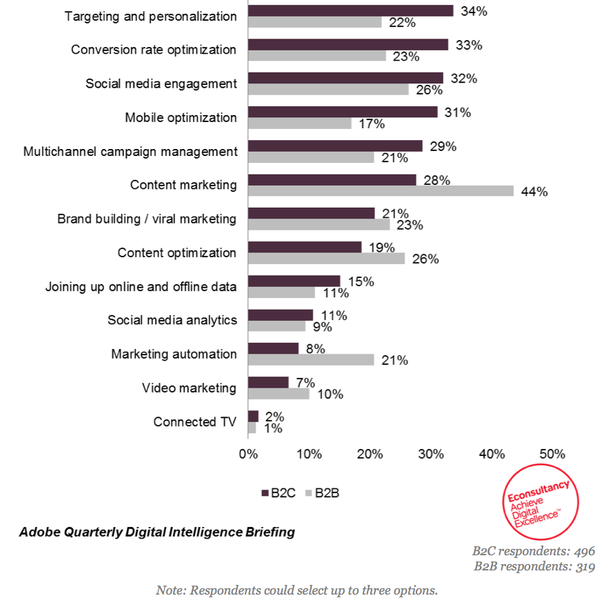October 28, 2014
Moves are afoot, and money is being spent, to dig a whole lot deeper into the Twitter conversations. Earlier this year Twitter gave researchers data grants to back-test hypotheses with large quantities of historical data. It is also funding (to the tune of $10m) an MIT programme to analyse social behaviour from its data.
Twitter has clearly identified the value in scrutinising the chatter from a public communications perspective. Investment in social intelligence enables academia and institutes to understand better the role of social communications – uncovering how information travels online and marrying that data with behaviours, both on and offline.
The question is, does this investment in deeper analyses of social conversations also signify an opportunity for brands? We think this is a currently untapped opportunity for brands to better understand their audiences?
Brands want to be relevant. According to e-consultancy, marketers’ top priority in digital is more personalisation and targeting in marketing. And in social, that means getting to know our communities a whole lot better.
Brands have begun to harness analysis from the big unstructured data that is the social conversation. Marketers are quickly adopting the real-time trend analysis and incorporating it into marketing plans and campaigns.
Most monitoring tools provide a basic level of insight from location to age. However, the traditional approach to defining segments by demographics or set profiles no longer meets the requirement to be relevant.
Humans cluster around behaviours and attitude (we like to hang out with likeminded folk!). In social, audiences are telling the world what they like, and don’t like. They are vocalising behaviours and self-selecting interests. Harnessing this extraordinary richness of information is called psychographic segmentation. And it is the key to a more personalised approach to social media.
Using a psychographic approach to segmentation allows marketers to identify the ‘interest’ and ‘attitudinal’ groups that allow the brand to be more personalised and relevant. Better still, combining the insight from historic data with market and economic data adds a whole new layer of customer understanding. For instance:
Uncovering the patterns
We recently took a deeper look at the conversations around payday loans. Obviously, a subject that people get passionate about. Looking at the spread of conversations across the networks though, we see an interesting pattern. One that shows that the usual, everyday, conversations happen in blogs. However, Twitter spikes dramatically when news breaks on a payday loan issue – either in the press or on TV. It is this pattern that allows brands to plan social engagement and minimise reputational risks.
Key opportunity: understanding how conversations flow across networks identifies where brands should capitalise on the conversation or mitigate the risk to reputation
Combining data
Combining social data with other ‘big data’ sets can put targeting and social activity into perspective. For instance measuring trending social conversations against customer satisfaction, sales, retention, loyalty and website visits, adds a richness to brand strategies and plans. They are a good place to look for campaign opportunities to test. However, correlation between two data sets does not always imply causation – so be careful when drawing conclusions and always look to pilot ideas
Key opportunity: marrying data sets can give brands deeper richer insight that allows for testing social opportunities that deliver value to the business.
Knowing your audience
If someone is talking about your brand, what else might they be interested in? We took a look at mentions of the upcoming film, 50 Shades of Grey (no giggling). Digging into the data of those talking about the book and film, we can also look at other areas of interest.
Compared to the whole Twitter universe of chatter, this audience is six times more likely to talk about ‘BBC Radio One’ and five time more likely to talk about ‘Geordie Shore’. As an alternative, when looking at mentions of Tesco, we see their audience is 179 times more likely to talk about ‘kids and babies’.
The opportunity seems obvious and is certainly worth testing.
Key opportunity: understanding what else your audience is interested in, identifies content and engagement topics that can be tested
Currently, there are few brands who are exploiting social media data to its full potential. These are just three examples of how you might use historic Twitter and social data, but there is a wealth of attitudinal and behavioural insight to be gathered that will inform marketing. Ultimately, social data provides new segmentation that will ensure marketers can personalise and target with much more precision than ever before.

